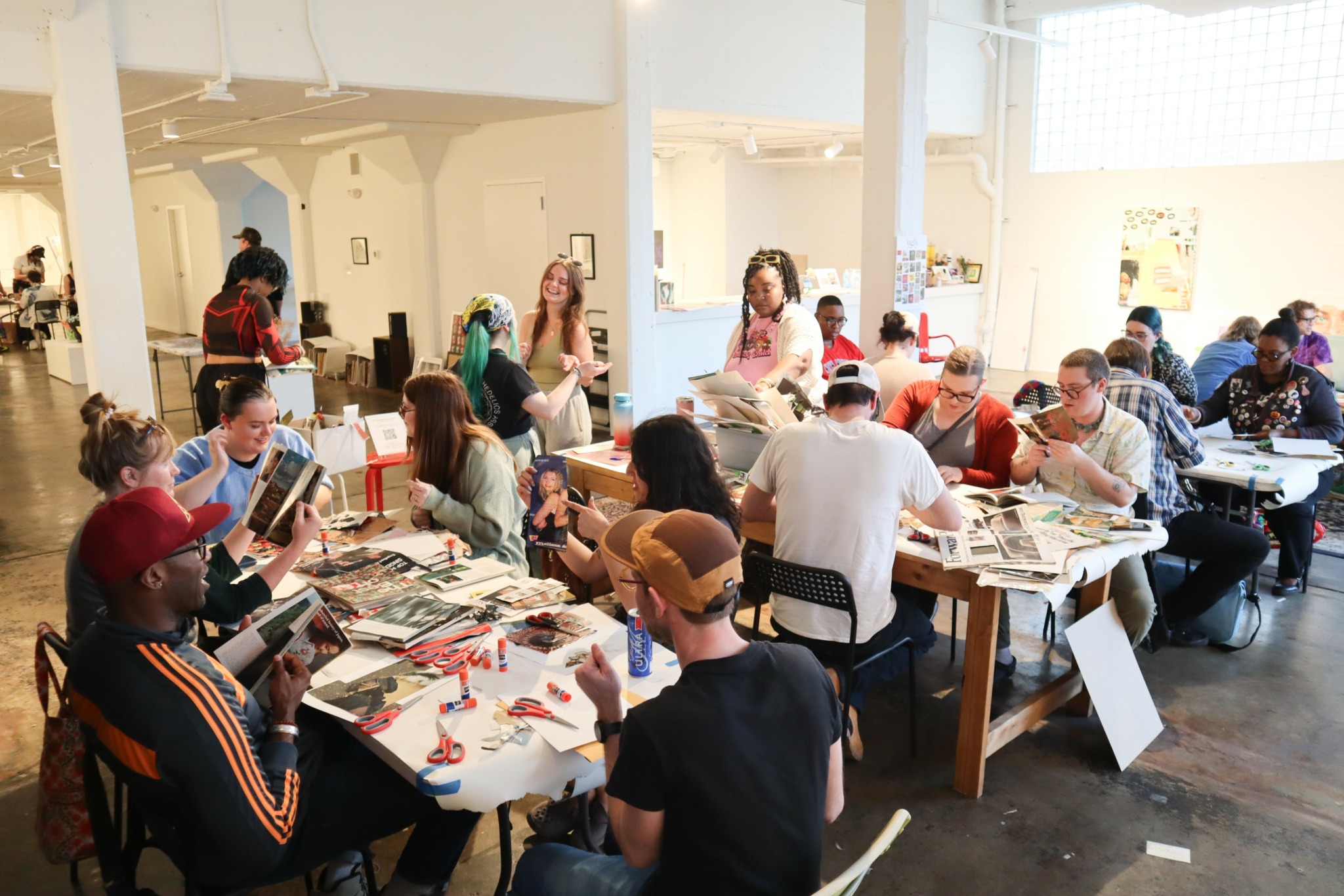Alright – so today we’ve got the honor of introducing you to Zack Orsborn. We think you’ll enjoy our conversation, we’ve shared it below.
Zack, looking forward to hearing all of your stories today. What’s been the most meaningful project you’ve worked on?
One of the most meaningful projects I have started was my business, Like Really Creative, a creative community and place for inspiration.
The vision for Like Really Creative is a future where creativity is synonymous with healing. People won’t question or be confused on how to heal from fear and setbacks—they will know for a fact that creating can dissolve insecurities and doubt. Like Really Creative is guided by the Four Codes of Creative Energy: community, craft, contemplation, and condition. Through in-person collaborative events like the Monthly Collage Parties and MUSE Creative gatherings, a podcast about prolific creatives and artists, and resources to reconnect with creative energy, Like Really Creative aims to create a community of invigorated creatives that have the drive to do what they love the most.
I grew up in Amory, Mississippi, a small town where creativity wasn’t exactly celebrated. Outside of a few dedicated English teachers who saw something in me, my creative tendencies were often met with confusion or mockery.
As a kid, I was naturally curious and experimental. I’d lose myself for hours in creative projects, but these were solitary endeavors. I danced to pop songs in the mirror (pretending I was Britney Spears), wrote my poems and short stories, doodled and journaled. I developed social anxiety, finding it easier to express myself through making things than through talking to people. Despite the teasing, I kept creating—there was something inside me that couldn’t stop, even when it might have been easier to conform.
College should have been a creative awakening, but instead, I drifted even further from my creative self. I discovered that alcohol and drugs temporarily eased my social anxiety, and I began using them as a substitute for the authentic connection I was missing. By the time I graduated, I felt completely hollow—disconnected from any creative community and unsure of who I was.
The turning point came when I discovered “The Artist’s Way.” Working through that book was like finding a map back to myself. I rediscovered what I’d always known instinctively: my true calling was to create, to inspire, and to help others find their creative path and heal from fear.
But recovery is never linear. I would make progress, then backslide. I’d have bursts of creative energy followed by periods of doubt and inactivity. The inconsistency was frustrating. Being a natural experimenter, I started testing different routines and practices that might help me maintain creative consistency. Through trial and error, I discovered four codes that transformed my creative life:
1. Condition—keeping my body energized through movement and nutrition
2. Contemplation—clearing mental space through meditation and journaling
3. Craft—taking weekly Artist Dates and immersing myself in books about creativity, artist biographies, and technical guides
4. Community—connecting with other creators who understood the journey
That last piece—community—was what had been missing all along. I began interviewing artists about their creative processes, curious about how they maintained their creativity through challenges, where they found inspiration, and how they made nothing into something meaningful.
Those conversations were healing, not just for me but for the artists too. I realized that many creative people struggle with the same issues I had—isolation, self-doubt, inconsistency, and fear—but rarely had spaces to discuss them openly.
And that’s how Like Really Creative was born—from my desire to build the creative community I’d always needed, to foster connections between artists, and to provide tools for creative unblocking. I wanted to create something that would have helped that isolated, anxious kid in Amory—something that celebrates creativity in all its forms and helps people stay connected to their creativitiy, even when the world makes that difficult.
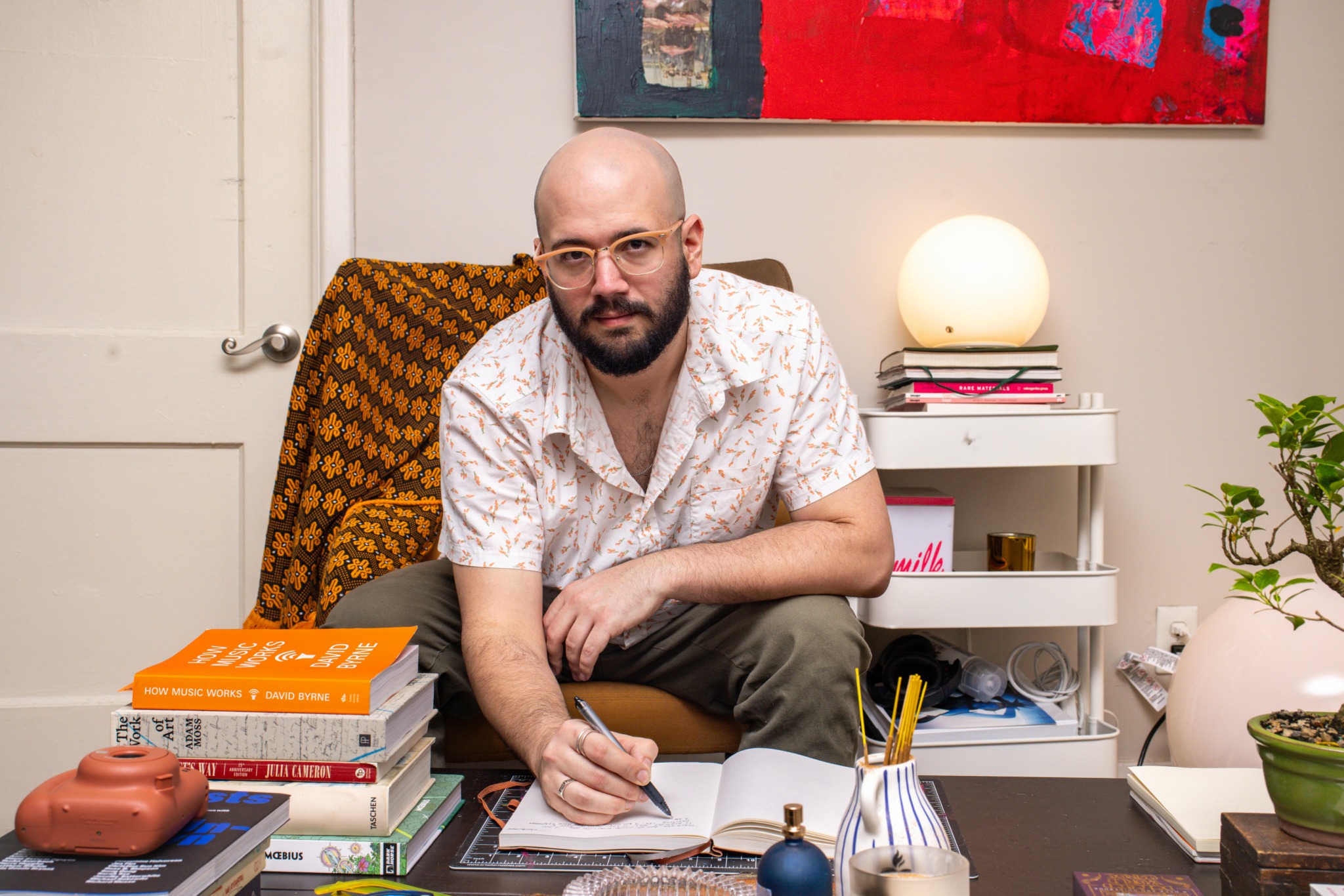

As always, we appreciate you sharing your insights and we’ve got a few more questions for you, but before we get to all of that can you take a minute to introduce yourself and give our readers some of your back background and context?
It took me years and years before I considered myself a writer, visual artist, musician, and creative connector. When I was in kindergarten before the world told me what I needed to be, I created little books with text and illustration. I was (and still am) a voracious reader.
We had a “what do you want to be when you grow up” assignment in first grade, and I drew myself sitting at a typewriter with the word AUTHOR in bold letters.
In middle school, I found music through symphonic and marching band which continued until my senior year of high school where I played trombone and tuba.
I wrote my first novel at the age of 15 about two ghosts that haunt Hollywood. At the age of 16, I wrote my second novel about a menagerie of weird characters at a dilapidated carnival in the middle of the Mojave Desert.
In college at Mississippi State University, I started out as a graphic designer major, but was scared away by a teacher who held up a beautiful, colorful drawing in Drawing II and told the class that the work of art was C-minus. I’m more of a doodler than a figurative drawer, so I immediately switched to journalism in a panic and served as a staff member for The Reflector newspaper at Mississippi State University where I found my first instances of a creative community. I met one of my best friends in the newsroom, and my other best friend through show choir. Eventually, I upgraded to chamber choir.
After a stint as a general assignment reporter in Tupelo (where I honed my interview and writing chops), I moved to Memphis in 2017 and switched over to the dark side: marketing.
In 2020, I wrote what I consider my “first novel,” called Rare Materials about an isolated artist who discovers reality-altering fashion by a famous eccentric and becomes obsessed with her diamond-encrusted prosthetic. He unleashes a deceptive machination through Mississippi and a technological neuro-city that explores art’s surreal evolution, trauma’s ravages, and familial loyalty.
Then all things creative halted as I began to spiral into a deep depression set off by drugs, alcohol, and a series of failed toxic relationships. I didn’t know how to love myself and others, and I began to isolate, grow resentful and increasingly fearful, and ignore my true path of creativity.
It took a lot of years of therapy, self-discovery, consistent healthy habits, the development of a spiritual practice, sobriety, acceptance of myself, and being part of a supportive community that finally thawed me out. I began writing and editing my fourth novel, wrote a series of poems for each tarot card, and recorded and produced my debut album, TOUGH CASE. I’ve been able to showcase my art in galleries across Memphis, as well as libraries and the Memphis Museum of Science and History. But I was still missing community—that was the hardest nut to crack, and it took even more years of dissolving my fear of others and social awkwardness, but I found a group of people that accepted me fully. And that was more healing than anything.
I believe that creativity and the community surrounding creativity is the sole reason for my healing from past trauma. I can actually call myself fearless, loving, consistently creative, and a person who gives back.
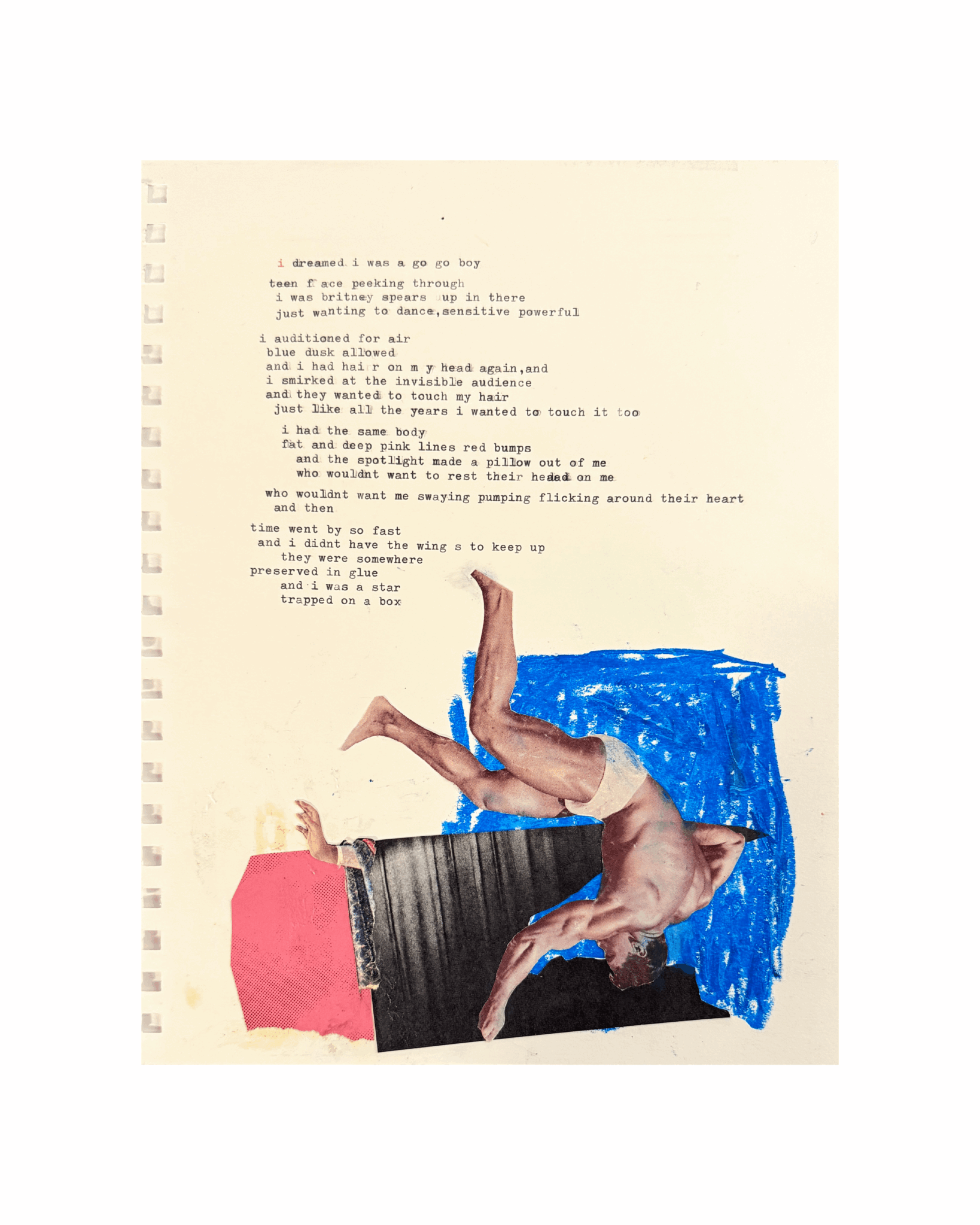

What’s a lesson you had to unlearn and what’s the backstory?
One of the biggest lessons I had to unlearn was that I didn’t deserve to thrive mentally and physically. Mental and physical health wasn’t at the forefront in my family. I had no idea how to be healthy. I hated sports growing up, and in the South, playing sports was seen as the only valid way of exercising. I wanted to dance, dammit! But that was too gay, apparently.
I found comfort in food—like really bad food from gas stations, and I had my first addiction: sugar. My weight fluctuated my whole life as I developed a binge eating disorder followed by a pattern of starving myself. That only made my mental health worse, especially as the body and mind are so interconnected. I had a devastatingly poor self image which developed into crippling social anxiety. My bad mental health (and reliance on drugs, alcohol, poor sleep, lack of hydration) led to a manic episode mixed with psychosis where I ended up in a mental hospital and was diagnosed as bipolar my senior year of college. That changed everything for me—I was confused and scared and helpless (and kind of not surprised since mental illness runs rampant in my family), but it also helped me to learn that I absolutely had to take care of my physical and mental health in order to function.
I started a habit-building program through the app Fabulous, which basically taught me how to be a healthy human. I even started drinking water on a daily basis! Imagine that! I started taking daily walks, journaled daily, meditated daily, wrote daily. It truly transformed me, and so many blessings came from me taking care of myself. I was able to be there for others. I was able to pause and self-reflect and course-correct because honestly, I was a selfish hot mess.
I also learned that consistency is what matters the most. Out of anything, being consistent gave me confidence that I can achieve what I truly desire if I just put in small daily efforts. I don’t have to kill myself to be healthy. I can gently nudge myself forward.
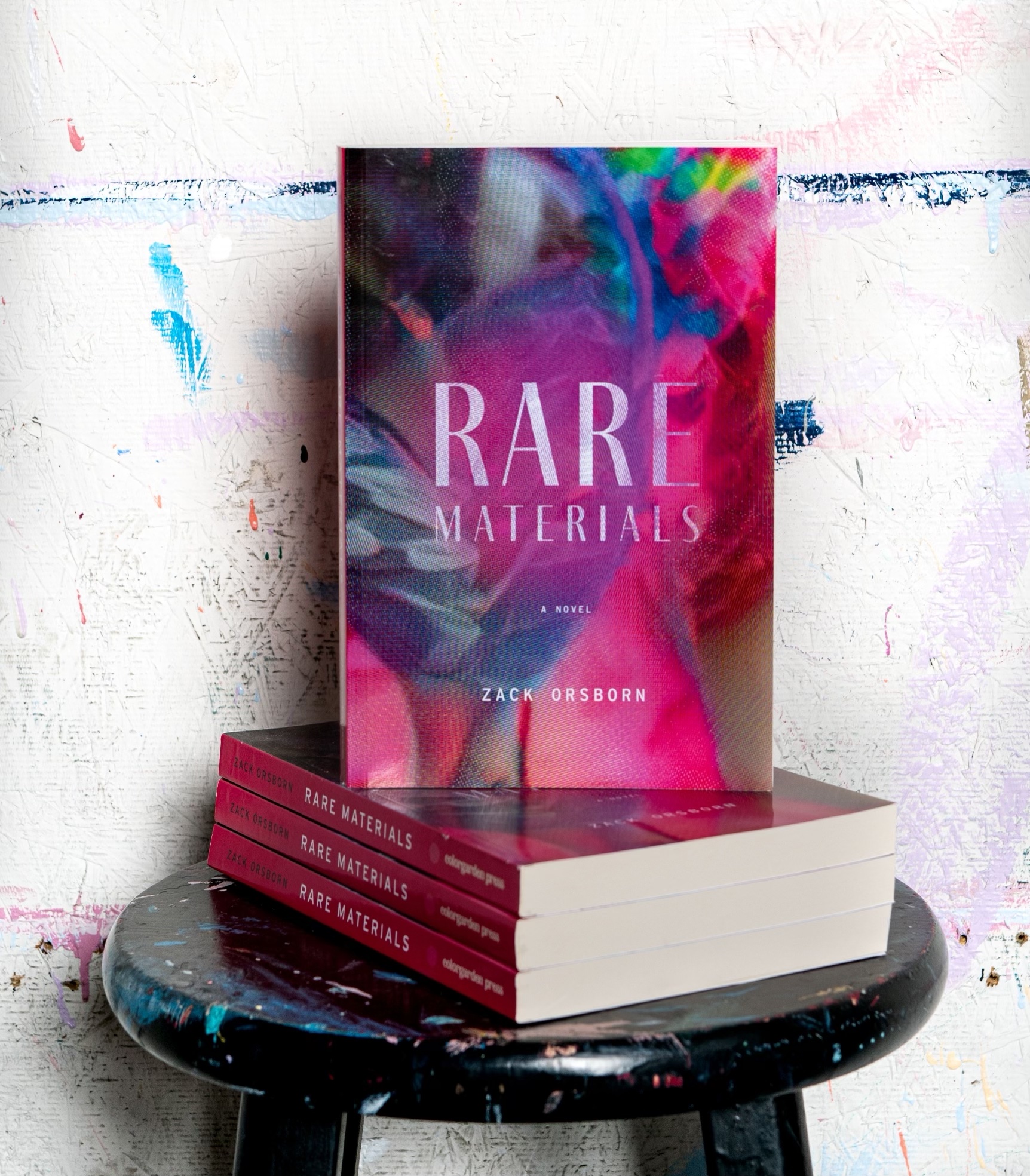
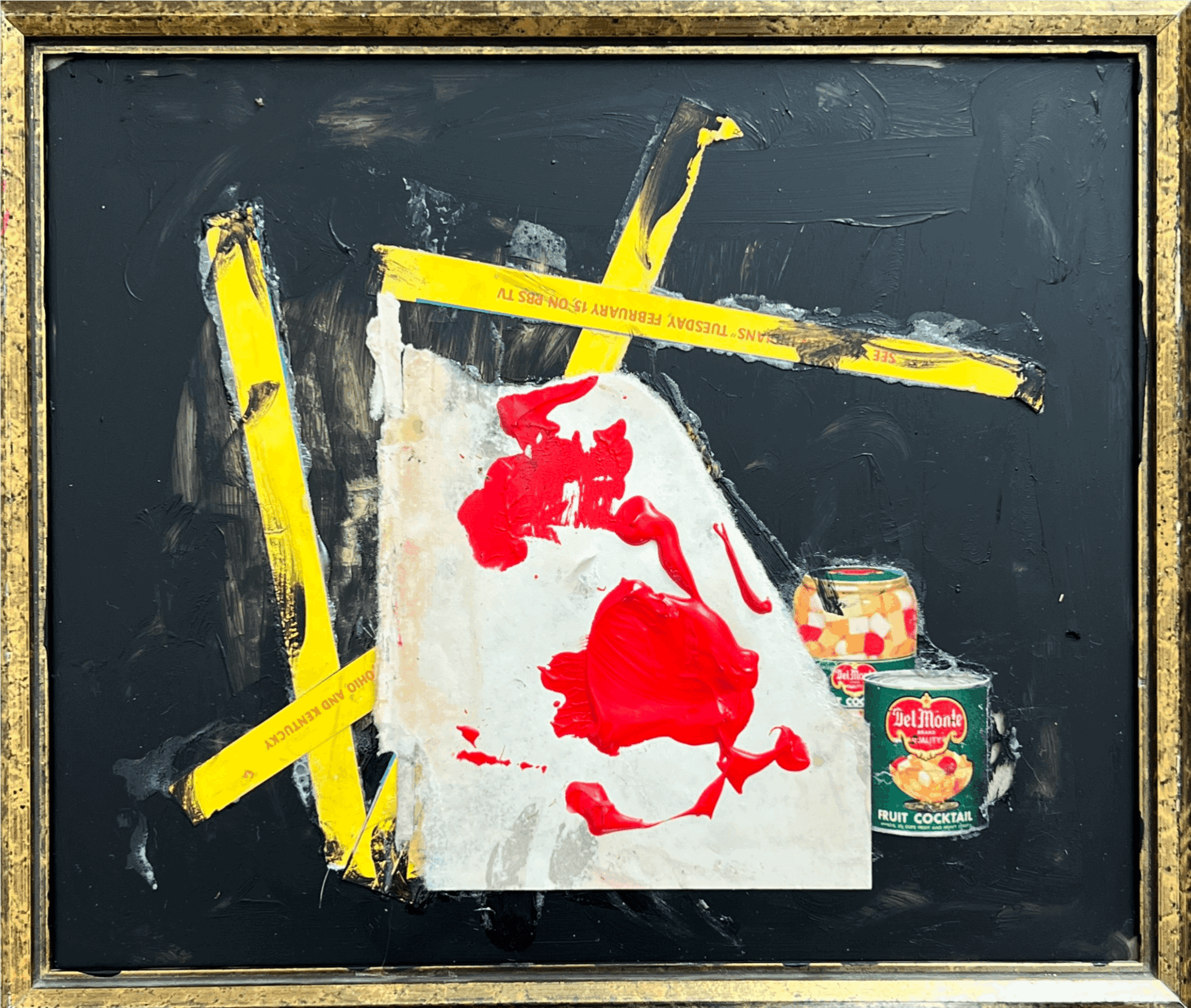
In your view, what can society to do to best support artists, creatives and a thriving creative ecosystem?
Transforming our relationship with creativity is essential. We need a cultural change that genuinely values artistic expression and lets creators build sustainable, full-time careers pursuing their passions instead of being stifled by corporate or visionless environments.
The gap between our stated appreciation for the arts and our concrete support is striking. True change requires both unwavering belief in artists’ contributions to society and tangible resources to nurture their work. Are we investing in creative futures with the same conviction we apply to other sectors? Are those with financial means stepping forward to invest in independent voices and take risks on emerging talent?
We need a dual approach to this change in culture: heartfelt belief in artists’ potential coupled with practical support systems. Marketing remains a critical barrier—visibility requires resources that many creators simply don’t have. Establishing dedicated marketing funding channels would dramatically expand artists’ reach, allowing their work to find its audience.
The moment we start treating creativity as essential rather than optional is when we’ll see truly change. Artists don’t just need our applause—they need our conviction, our resources, and our unwavering commitment to building a world where creative expression is recognized as fundamental to human progress.
Contact Info:
- Website: https://www.likereallycreative.com
- Instagram: https://instagram.com/zackorsborn
- Facebook: https://www.facebook.com/zackorsborn/
- Linkedin: https://www.linkedin.com/in/zackorsborn/
- Youtube: https://www.youtube.com/@likereallycreative
- Other: Spotify: https://open.spotify.com/artist/2tXCTWuHAJnALJdAVFKXZg?si=opn1nhAJS2aUajrtEVO17A

